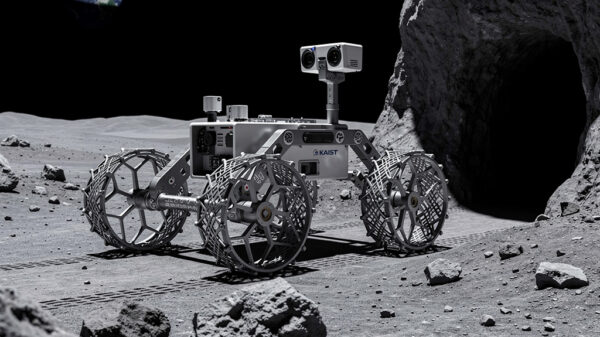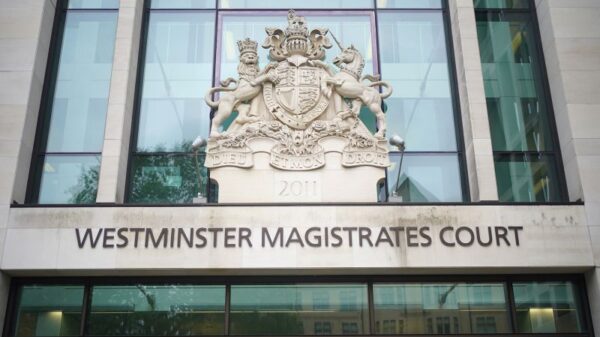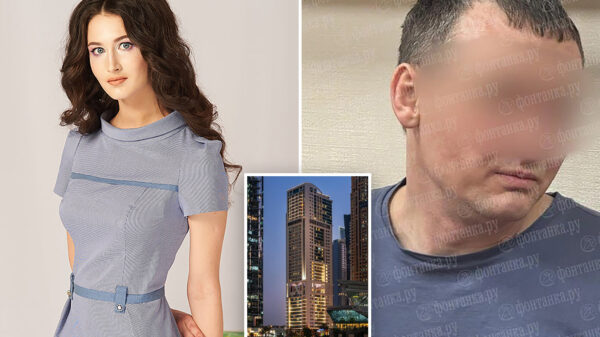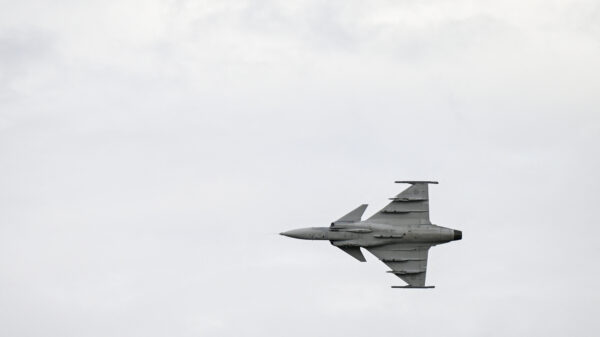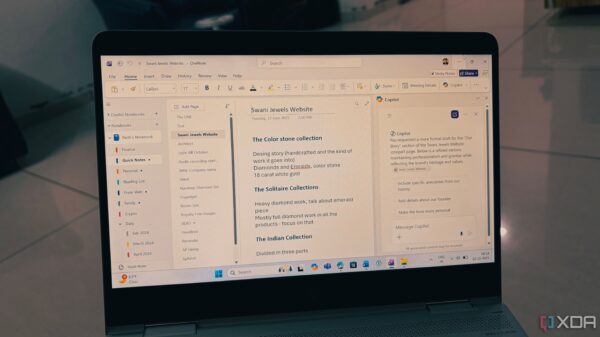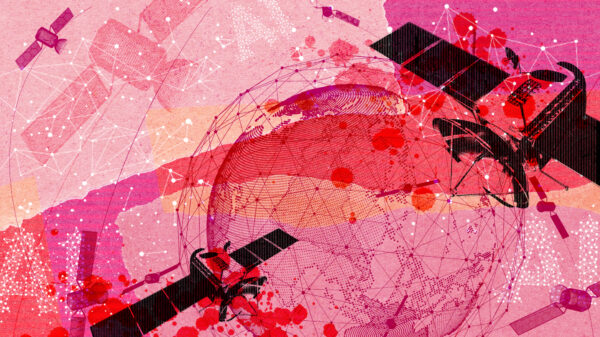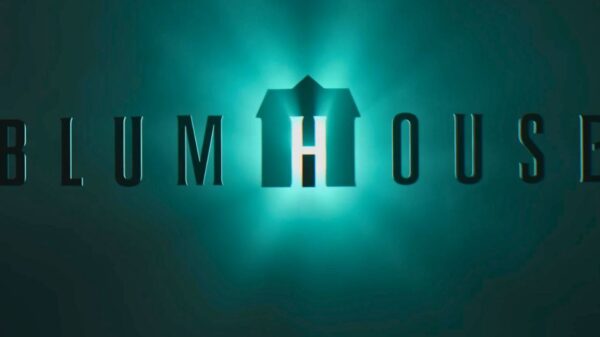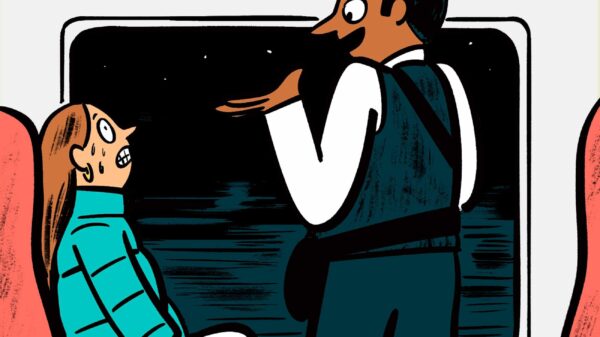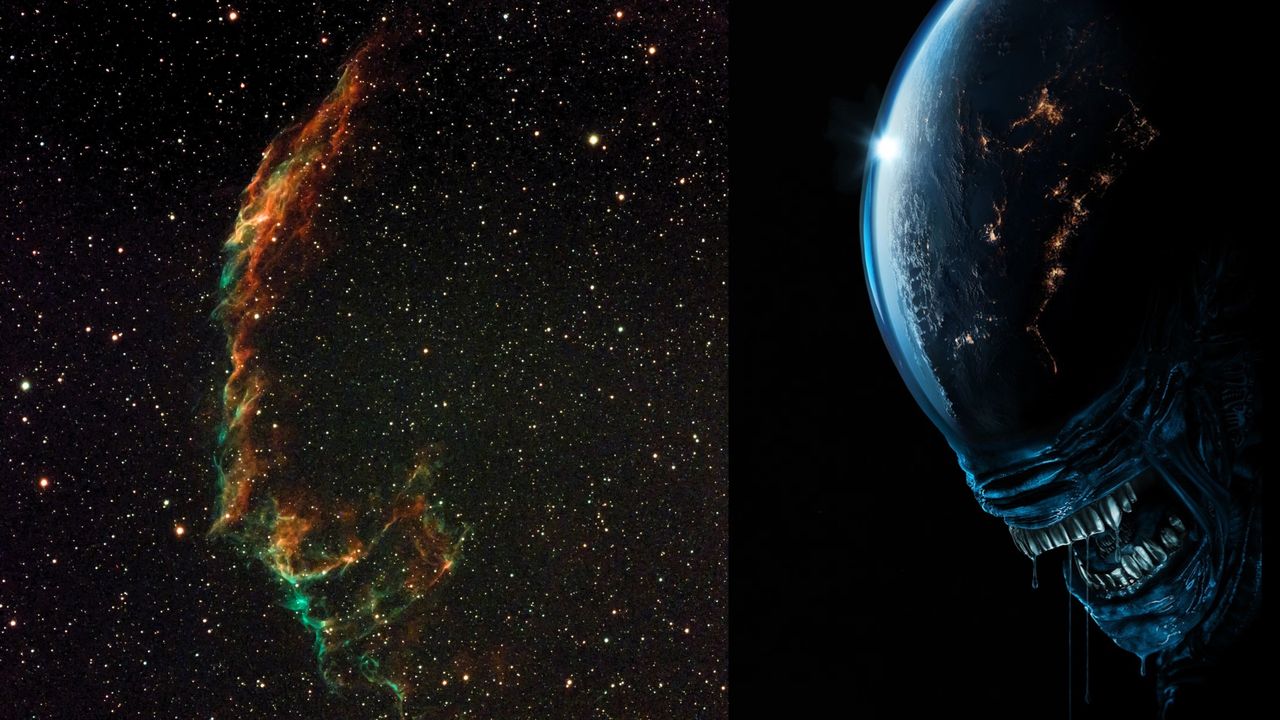An amateur astronomer recently achieved an unexpected outcome while imaging the Veil Nebula. Using a Vaonis Vespera Pro smart telescope, the observer aimed for the nebula but instead captured a striking image resembling a Xenomorph, the iconic alien from the “Alien” film franchise. This intriguing incident took place during observations conducted on August 8 and August 12, 2023, totaling approximately 1.5 hours of imaging.
The resulting image, processed into a stacked JPEG, showcases delicate tendrils of gas that, when viewed at the right angle, evoke a strong resemblance to the fearsome creature. The Veil Nebula, located about 2,400 light-years away in the constellation Cygnus, is part of the larger Cygnus Loop, a significant supernova remnant formed by the explosion of a massive star approximately 10,000 years ago, according to NASA.
Exploring the Veil Nebula
The eastern section of the Veil Nebula, cataloged as NGC 6992, is known for its stunning display of ionized gases, primarily oxygen and hydrogen, which glow in sweeping arcs. These luminous emissions highlight the star’s remnants, still expanding long after its death. The use of a dual-band filter during the imaging process helped mitigate light pollution and the brightness from the full moon, revealing intricate details against the backdrop of stars.
The resemblance of the nebula’s features to a Xenomorph comes at a timely moment, as the “Alien: Earth” television series, created by Noah Hawley, premiered on August 12, 2023. The series merges elements of corporate dystopia with the chilling horror of Xenomorphs, capturing the attention of fans worldwide. The eight-episode season is available on FX and Hulu in the U.S., and on Disney+ in the U.K. and Europe starting August 13, 2023.
Tips for Viewing the Veil Nebula
For those interested in observing the Veil Nebula themselves, a telescope with at least a 4-inch (100mm) aperture is recommended. Observers should seek dark skies to enhance visibility of its faint filaments. Utilizing a nebula filter, such as an O III filter, can significantly improve the clarity of the details. Astrophotographers often employ small refractors with focal lengths between 200–500mm, paired with long exposures or stacked images to capture the nebula’s complex structure.
Despite the challenges posed by light pollution, the astronomer successfully captured the Veil Nebula from a suburban area classified as Bortle 7, indicating relatively high light pollution. The Bortle scale is a nine-level system used by astronomers to describe the darkness of the night sky, ranging from Class 1 (pristine dark-sky sites) to Class 9 (bright inner-city skies).
This surprising encounter with a sci-fi-inspired image in the cosmos serves as a reminder of the beauty and wonder that astronomy can offer. The Veil Nebula continues to be a captivating target for both amateur and professional astronomers alike, even when it conjures unexpected associations with popular culture.

